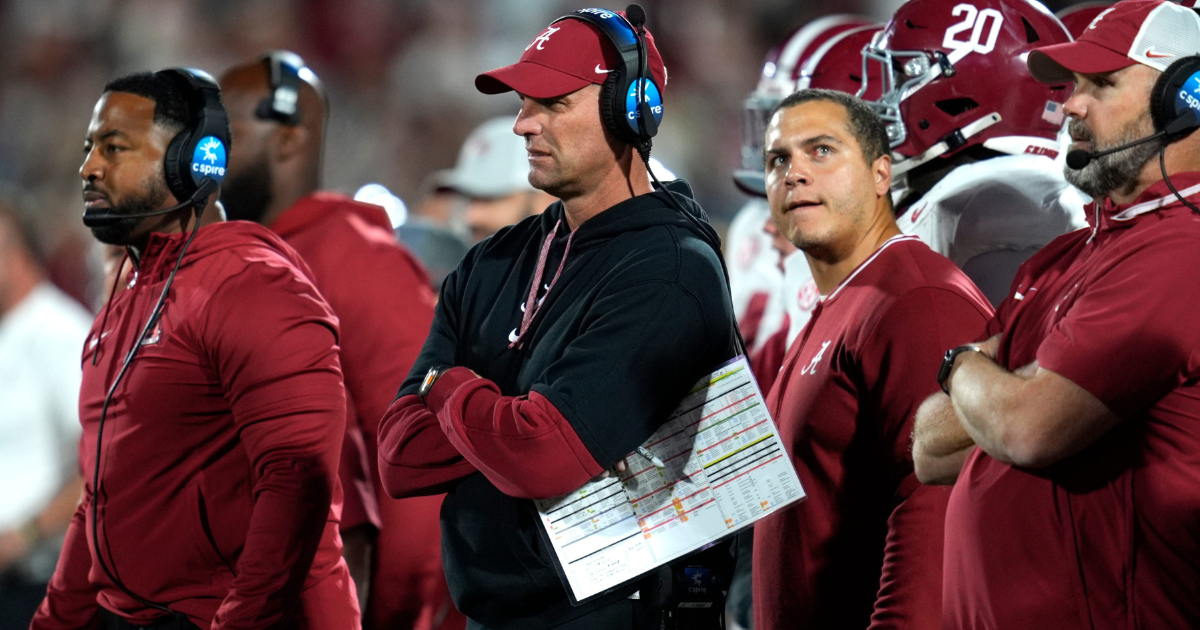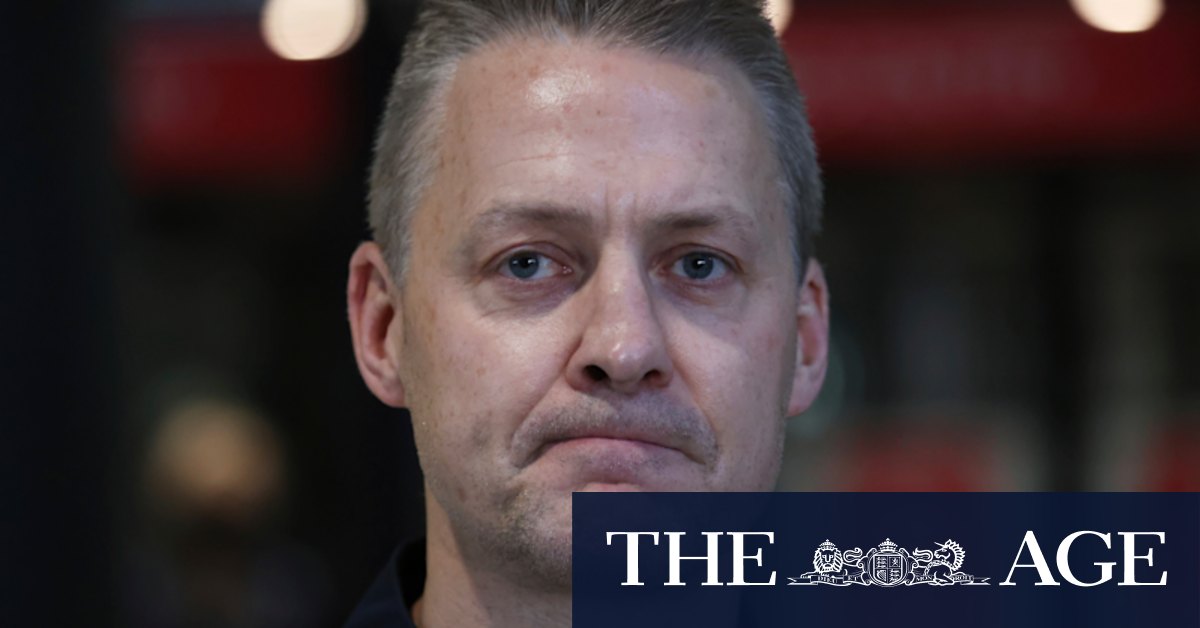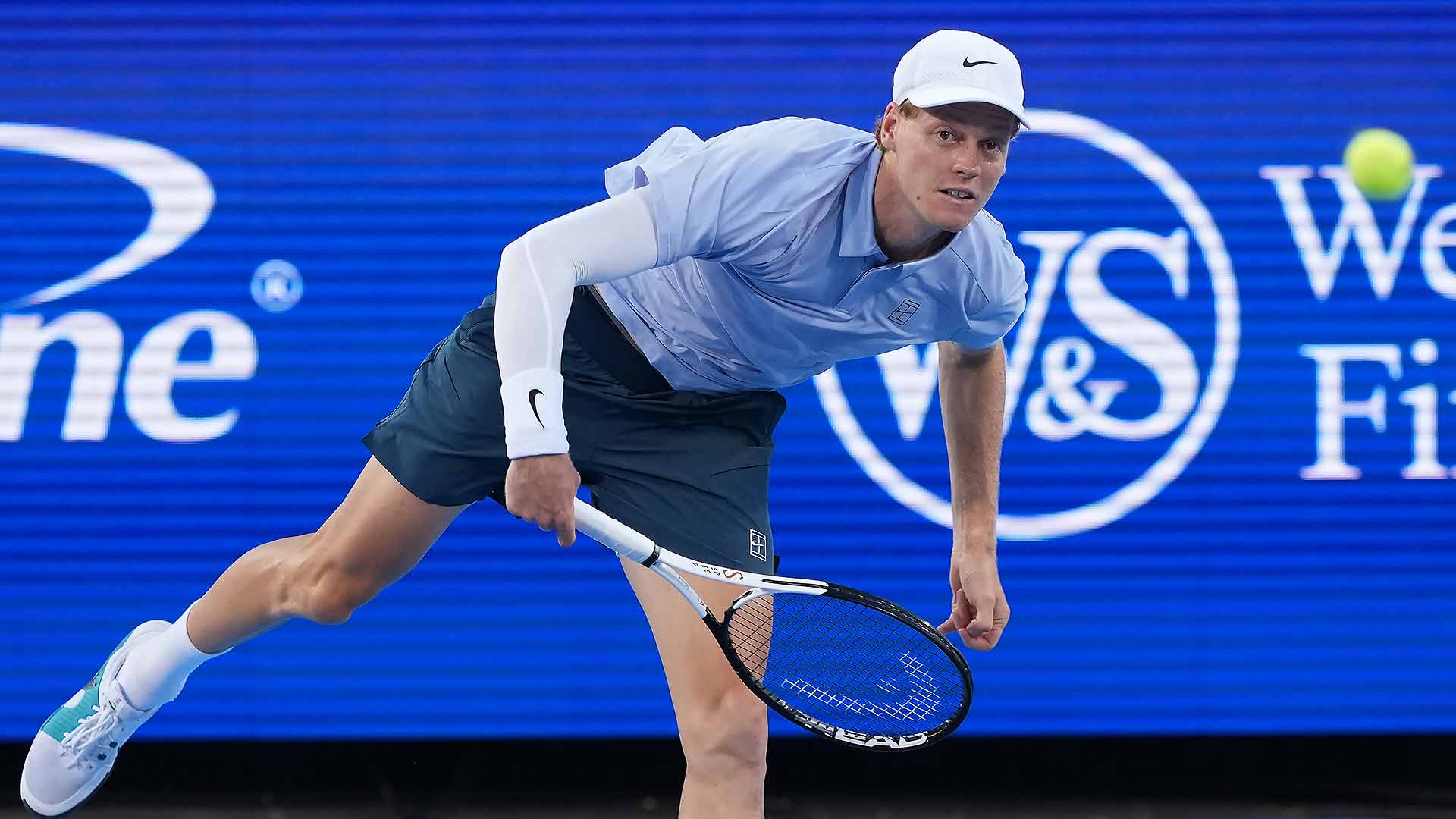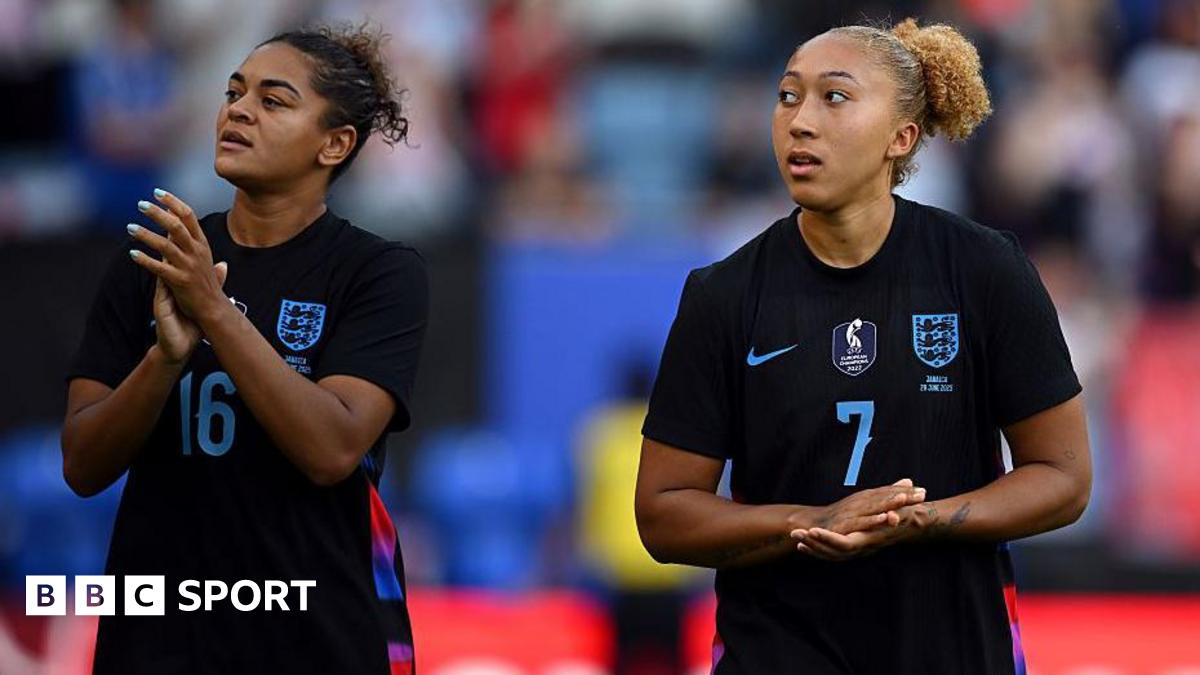Benjamin Sesko is still learning: The story of Manchester United’s new striker, shaped by pressure, power and ego

The first-team gym at RB Leipzig’s Cottaweg training facility is upstairs, fronted by floor-to-ceiling windows.It sits opposite the youth team gym, which is designed in the same way, and is meant to be aspirational. It allows the younger players to look across, to see the stars and glimpse their future.AdvertisementOver the past two years, those academy prospects will have seen Benjamin Sesko working away, packing his fascinating dimensions with as much power as possible and preparing for this moment: the completion of his €85million move to Manchester United.Talk to anyone who has encountered Sesko on his path through the game and themes repeat. He is relentless. He is driven. He is deeply ambitious. Off the pitch, those who know him describe a normal person with few airs and graces. It’s not particularly Slovenian to swagger, and Sesko does not carry himself like a star.But he is one. And has been for some time. Sesko is a national icon in a country where sporting celebrity is something new. Alongside Luka Doncic, the five-time NBA All-Star, and Tadej Pogacar, who recently won his fourth Tour de France, he is the third member of an athletic super class.Benjamin Sesko is unveiled at Old Trafford ahead of United’s pre-season friendly against Fiorentina (Ash Donelon/Manchester United via Getty Images)But the move to Manchester United will make him a global, as well as national property, and Miran Zore, a reporter and editor for Nogomania, one of Slovenia’s largest football websites, describes the impact of that transfer.“For a small country like ours, this is huge news,” Zore tells The Athletic.“We only have one Premier League player, Jaka Bijol of Leeds United (who joined from Udinese this summer), so this will have an enormous impact. Our biggest star in world football is our goalkeeper, Jan Oblak, but other than we don’t have any — apart from Sesko.”“And with him having a big role at such a big club, it will change things here a lot. The Premier League is very different to Leipzig. But he has already had an impact. Even now.“We’re not used to big stars in Slovenia, we are not particularly fanatical. We are not a country where football shirts are sold in great quantities. It’s not like in the UK, where people buy a new one every season. Here, you buy a jersey and then you stick with it. But with Sesko, everything is changing. I see a lot of people now with his name on their jerseys. At national team matches, of course, but also on the beach. And this is totally new here.”New, but building for some time. Sesko became a senior international the day after his 18th birthday and, at 22, has already made 41 appearances for his country.He’s come a long way already, even before this next giant step up into the game’s stratosphere.Sesko comes from Radece, a small valley town of a few thousand people, an hour’s drive from Ljubljana. It sits in the cradle of the Sava Hills, by a river of the same name that runs for 944 kilometres south east, through Croatia, forming its border with Bosnia and Herzegovina and all the way into Serbia.It’s no footballing heartland, but it’s idyllic and beautiful, and Sesko joined the local club, NK Radece, when he was four years old.His father, Ales, played for Radece as a goalkeeper and their first team play on a pitch surrounded by a running track, beyond which there’s a tennis court, a skate ramp, and seating for a few dozen spectators.AdvertisementToday, Sesko’s picture sits at the foot of their website, with his progress through the game charted alongside. That graphic will soon need to be resized to accommodate Manchester United’s famous crest. If Radece make a big deal of him, then it’s because he’s been a gigantic success and a source of great pride. Handball is the most popular sport in a region which traditionally does not produce footballers and yet, by the time his career finishes, Sesko will likely be the most famous player in his country’s history.Sesko has been nationally known since he was 14. “Sensation!” ran the headline in Ekipa, one of the country’s largest sports dailies, atop a December 2017 article that was reporting on the scoring feats of a forward playing for the u15 side of second-division Krsko.“We’re sure that you’ve not heard of Benjamin Sesko yet,” it read, “and that’s not a surprise because he’s 14. However, his talents cannot be overlooked. Sesko, who will celebrate his fifteenth birthday in May, has scored an astonishing 45 goals in just 15 matches in the first half of this season.”By the end of the year, it was 59 goals in 23 matches. Sesko scored nine hat-tricks and averaged a goal every 27 minutes.Sesko, standing tall in the centre of the back row, fifth from the right (Mirsad Mujakic)Mirsad Mujakic coached Krsko’s u15 side during that league season.“Beni came to us when he was 13,” he tells The Athletic.“We scouted him and invited him to our academy. When he arrived, he was extremely tall already and also very thin, but he had great athletic abilities.“He looked more like a basketball player than a football player but it was clear from the very first training session how strong he was and how he could score different goals from all types of positions.“He was very laidback, but on the field he was completely changed. More concentrated, more focused. I remember his first game for us against NS Mura in the under-15 league, when we won 4-1 and he scored a hat-trick. He was absolutely excellent.”AdvertisementWhile Sesko’s early size made him stand out and his goals quickly put him on the national media’s radar, the traits that Mujakic remembers are the ones that have really spurred his progress.“His biggest strengths then were his natural athleticism, but also his technical mastery — his first touch and the speed of his first movement that gave him such an advantage over his opponent. In those days, his biggest weakness was his heading. That’s what we devoted the most time to when we practised. But he always learnt new technical skills very quickly and that allowed him to develop and improve fast.“But he is also an exceptional person. He likes to socialise with everyone — after every match in the Slovenian national team, he stays until the end and gives autographs to all the children.“And his potential is unlimited, because he is such a dedicated worker. He will do everything and more to succeed — and that’s why I think he will quickly show why he is among the best strikers in the world. Anyone who doubts his quality will change their mind after a few games.”Sesko’s path through Slovenian football was serene, but he would never make a senior domestic appearance. He left Krsko in 2018, when he was 15, before spending a season with NK Domzale, for whose youth team he scored 21 goals in 23 appearances, attracting interest across Europe.Manchester United were among those clubs and had an offer of £1m rejected in the summer of 2019. Ultimately, Red Bull Salzburg won the race to sign him, bringing him inside the Red Bull network for the first time, before loaning him to FC Liefering, their development club in the Austrian 2. Liga.Sesko in his time with FC Liefering in February 2021 (Thomas Pichler/SEPA.Media/Getty Images)In 2019, Bo Svensson was also new. The Dane would later coach Mainz and Union Berlin in the Bundesliga, but his first head coaching role in senior football was with Liefering. As talented as Sesko was, he tells The Athletic, handling him at that stage of his career required some finesse.“Benji arrived as a 16-year-old,” Svensson says, “and with two other players who they (Salzburg) had also picked up at 16. So, it was new for me to train such young guys and to play them against seniors. And especially because there were a lot of eyes on those guys from senior people at the club.”AdvertisementSesko was not immediately successful. He barely played during his first six months and scored just one 2. Liga goal all season. There were mishaps. In his third appearance, he came on as an 85th-minute substitute against SV Horn and was sent off for violent conduct 60 seconds later.“There had always been a lot of attention on Benji and a lot of expectation on his shoulders and someone so young is not capable of coping with that,” Svensson recalls. “Playing against adults was a completely different style for him. It was tactically different for him, too, and there was a lot to learn.“But I think the biggest challenge was the emotional side. Physically, he had always been beyond anybody else at his age. He had always jumped higher and run faster. Then he came to a stage where he was playing against 30-year-old men and he wasn’t taller and wasn’t stronger than them, and had to find different solutions.“He had to understand that everything wasn’t always going as smoothly as it had before, and with all the expectation on him, not always playing in the beginning was something he had to adapt to. And he was putting enormous amounts of pressure on himself. He would want to train all the time and wanted to turn over every stone in an attempt to get better. Sometimes we had to stop him.“But you have to take pressure away from a young kid like and that’s what I would tell him. We had a lot of talks. There was no doubt about his talent. That was obvious. But it was about time.“He was different to a lot of the young players I’ve coached. Because of that ambition and determination to get better. He was just completely passionate about his football. Some players within that squad even struggled with him because he was so determined to get to the top and, in his position, you need to have ego to succeed.”The contrast between years one and two at Liefering was dramatic. One 2. Liga goal in 2019-20 became 21 in 29 appearances in a second season during which he also debuted for Salzburg, the parent club in the Austrian Bundesliga.Sesko shows all his flexibility for Salzburg in 2021 (Lukas Schulze/Getty Images)By 17, he had outgrown second-tier senior football, but Svensson does not remember any dramatic difference between those two years, more a natural evolution.“It was just normal development. It was important for him to have that hard time playing against adults and to realise that there are other good players,” he says “It’s also good for a player to understand that he has to do more, that he has to learn more and that it’s not just enough to be doing what he has always done.Advertisement“He trained a lot individually. But it wasn’t like anything big happened. At some point, it just clicked and from there was never any doubt that he was going to break through.“There would be times when we had run-ins, because he was very ambitious and would think about himself and not always the team. But he was young and that was development, too. And I liked Benji a lot. It was a pleasure working with him because he was so special and had such love for the game. He’s the biggest talent I’ve coached.”Sesko’s first full season back with Salzburg was, inconveniently, the one immediately following Erling Haaland’s departure to Borussia Dortmund. Physical, quick, long-limbed but with excellent coordination and technique, the Slovenian has been destined to be compared to Haaland ever since. It’s not something he encourages; he’s his own player.In any case, Sesko grew up idolising Zlatan Ibrahimovic and his is the most profound influence.But a Premier League scout, who was granted anonymity to protect relationships, says that one of the traits all three players — Ibrahimovic, Haaland and Sesko — share, lies in their physical dexterity.Ibrahimovic playing for United in 2017 (Shaun Botterill/Getty Images)“He’s not like Haaland in terms of how he actually plays his position. But watch the way he receives the ball. Or watch how he receives it. He’s so tall and is so agile that even if team-mates are inaccurate with their delivery, he’s still able to do something with it,” they say.“That includes his work in the penalty box, because there are times when he scores goals that only players with those physical properties could have scored. There’s a technical element to that, but look at some of the photos of him off the ground. He takes the ball with his feet at what would be head-height for most players.”Staff at Salzburg talk of Sesko fondly. One story concerns his first interview with Sky Austria, the national league’s main rights holder. At the time, the club leased Audi A7s to players as part of a sponsor’s agreement and, on the day the interview was scheduled, producers were waiting on set for the car to pull into view.AdvertisementIt never did. Instead, Sesko — all 6ft 5in of him — arrived, mantis-like, by e-scooter.That story still makes people at the club laugh now, and Sesko is recalled as a humble, friendly person, initially shy, with the occasional idiosyncrasy. But the most vivid memories are preserved in the images described by the Premier League scout. These are commonplace now. There are pictures everywhere of Sesko killing the ball on his in-step, metres off the ground.But at Salzburg, before anyone was watching, Sesko was already performing feats that were outrageous to most people, but which he made look startlingly easy. A first touch, a shot struck with unholy power, or just how quickly could he accelerate to top speed. In September 2022, a video appeared online showing a 14-year-old Sesko kicking a lodged basketball free from the rim with his foot.It is something you could well imagine Ibrahimovic doing. Or, quietly, Haaland.His transfer from Salzburg to Leipzig was arranged in 2022 and completed in 2023. In the two years since, he has grown more steadily in what, at times, has been a Leipzig team in transition. Sesko has scored goals in bursts and with memorable force and artistry, but not yet at a steady rhythm. He leaves the Bundesliga having become one of its better players, rather than one of its leading lights.But he has been everything Leipzig have wanted him to be. Across conversations over the past two years, people who have worked in the footballing department and beyond have described him as a perfect, pliable pupil. His dedication and drive have been impressive and, through those French windows in the first team gym, have been clear for most to see.But they like how he has challenged team-mates in the dressing room, and how he has treated people he has come into contact with, from coaches to the catering staff. He has been willing to listen. In meetings with coaches and on the training pitches, of course, but also to anyone from whom he can learn — about lifestyle, about media, about anything that can take him closer to the top of the game.AdvertisementAnd he’s still learning now. There are mechanics to hone, more efficiency to find and greater consistency to discover. Manchester United will understand that. €85m has bought them a forward who must still develop, but who has so far always grown towards the sun.(Illustration: Kelsea Petersen / The Athletic; NurPhoto / Getty, Maja Hitji / Getty)








